At the Advanced Therapies Integrates conference on 7 October, James Fry of Mills & Reeve moderated a fascinating discussion of the unique regulatory challenges facing advanced therapy medicinal products, or ATMPs.
An impressive panel brought together expertise in product innovation and development, regulatory affairs and the patient voice to consider these challenges and how to address them.
We highlight some of the themes that emerged.

Regulators refining their approach
The traditional methods used by regulators in dealing with small molecule pharmaceuticals present their limitations when being applied to ATMPs. Maria Reviriego, co-founder of Madrid-based Alladvice Regulatory Consultants, noted the complex nature of the regulatory environment for advanced therapies.
Lee Coney, Head of Non-Clinical Safety at Cell and Gene Therapy Catapult, explored how regulators have in-depth experience with small molecule medicines. As a result, regulatory guidance focuses on this section of the market and tends to be prescriptive in nature. In contrast, regulation of large molecule therapies, and cell and gene therapies (where often each product is unique), needs to be based more on a philosophy rather than prescriptive rules, allowing flexibility. Developers need to work alongside regulators, sharing insights, to get this tailored.
Agathe Guillot, head of Regulatory Affairs at Cell and Gene Therapy Catapult, explained that ATMP clinical development can be complex, particularly when considering patient populations. She described tools that are being developed to help innovators develop their products, such as novel trials (e.g., basket or umbrella trials). As clinical development progresses it may become necessary to adapt the trial, and regulators need to recognise this. Long term follow-up may also be necessary. Maria, while recognising these challenges, perceived an improvement with regulatory guidance increasingly tailored to align with the product.
Collaboration is key
Collaborative effort between developers, regulators, paying organisations and patients came through as a central concept. Developers need to consider early and regular engagement with regulatory agencies in order to smooth the product development path and avoid wasted costs and effort.
Ahmed Bouzidi of ProductLifeGroup can call on many years of experience developing advanced therapy products when advising developers. Ahmed saw a need to develop new models both for assessment of these complex products for approval, and for cost and reimbursement assessment. With development costs high, collaboration between all stakeholders is a must to drive down complexity and uncertainty. Ahmed considered the pressures of COVID-19 pandemic to have helped strengthen the collaborative approach between regulators and developers.
Agathe agreed noting that designing clinical trials to make sure that they are not overly cumbersome or open ended requires early planning and engagement with regulators. Consultation initiatives such as allowing point of care manufacturing (i.e., at treatment site) are under consideration. The shelf-life of ATMPs, and also their starting materials, can be very short. The MHRA is engaging closely with developers to consider these issues, creating excitement and engagement among developers.
Elizabeth Fairley, of Talking Medicines, supported working alongside regulatory bodies. Long-term monitoring, for example, can be supported using digital tools to help with management of treatment in the real world. A team effort between industry and regulators is necessary in order to make rapid progress, according to Lee.
Regulators learning from each other
Panellists highlighted the benefits of regulators learning from each other and sharing lessons internationally. Maria explained that harmonisation between countries makes business sense, as developers want to serve patients around the world.
Ahmed referred to Japanese legislation that looks at safety and predicted efficacy, before allowing products a provisional authorisation for the market. This allows treatment availability to patients for a number of years during which evidence to establish efficacy is gathered. Japanese regulators are trusting developers and allowing them to gain access to the market with long-term follow-up. This element of trust aligns with the concept of working collaboratively.
Elizabeth welcomed this recognition of the importance of real-world data and patient engagement feeding back into development. Bringing the patient into the journey at every point, and putting the patient at the heart, is an exciting development.
Think holistically
Regulatory strategy needs to form part of the wider development picture. A coordinated approach to the whole supply chain is important for all medicines, but particularly for ATMPs. Maria explained how having starting materials or products cross borders can introduce additional challenges. Delay due to customs formalities can become a serious problem when dealing with these highly sensitive materials, for example.
Likewise, panellists recognised the challenges presented by an industry wide skills shortage. Developers in the advanced therapies field need to address this head-on, building knowledge and resource at an early stage.
Where next?
Ahmed saw the current evolution as a transitory stage, moving from expensive, tailored medicines to more standardised ATMPs such as allogenic treatments. Meanwhile working alongside regulators and payers to streamline the development process, and maximising the role of digital health technologies, can help developers to navigate what is undoubtedly a complex and uncertain process.
About Mills & Reeve
National law firm Mills & Reeve is renowned for its outstanding service, collaborative culture and deep sector expertise. But more importantly, we are the legal advisors behind some of the UK’s most successful businesses in the life sciences sector.

